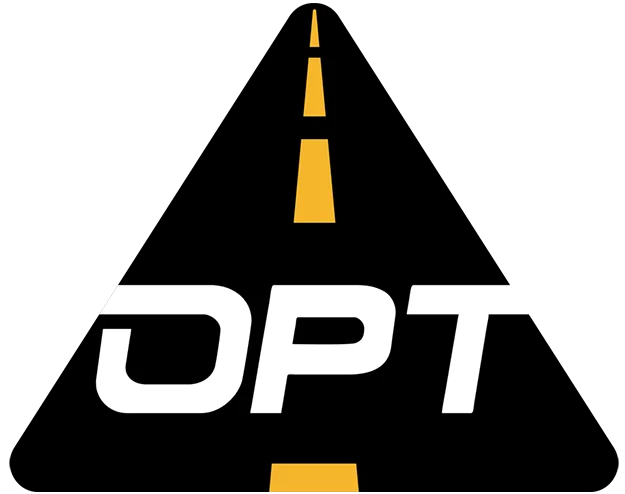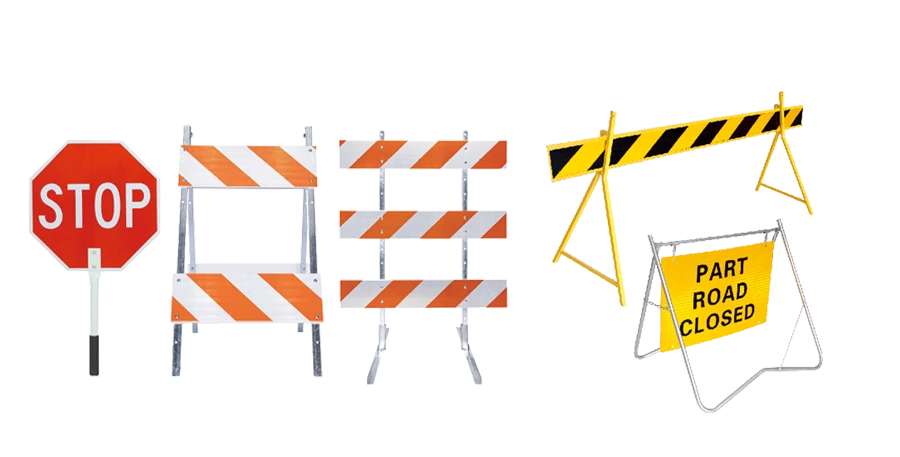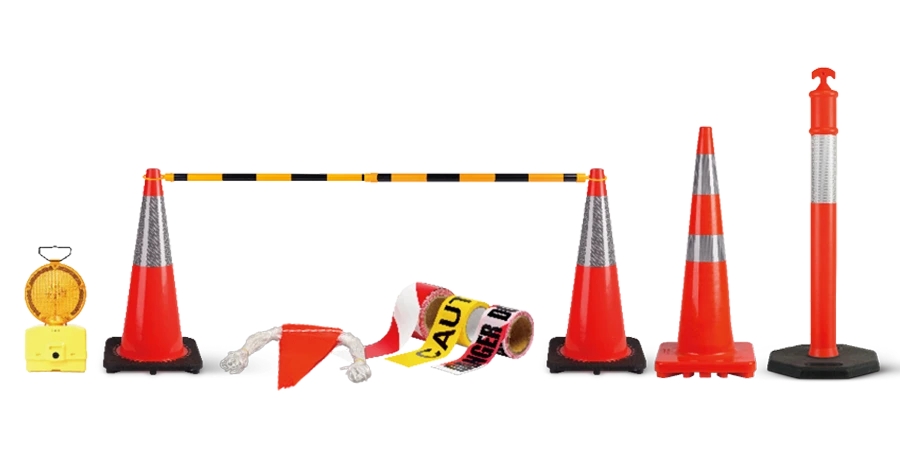From Construction Sites to Roads: The ‘Flexible Control’ Philosophy of Orange Delineators in Temporary Detours
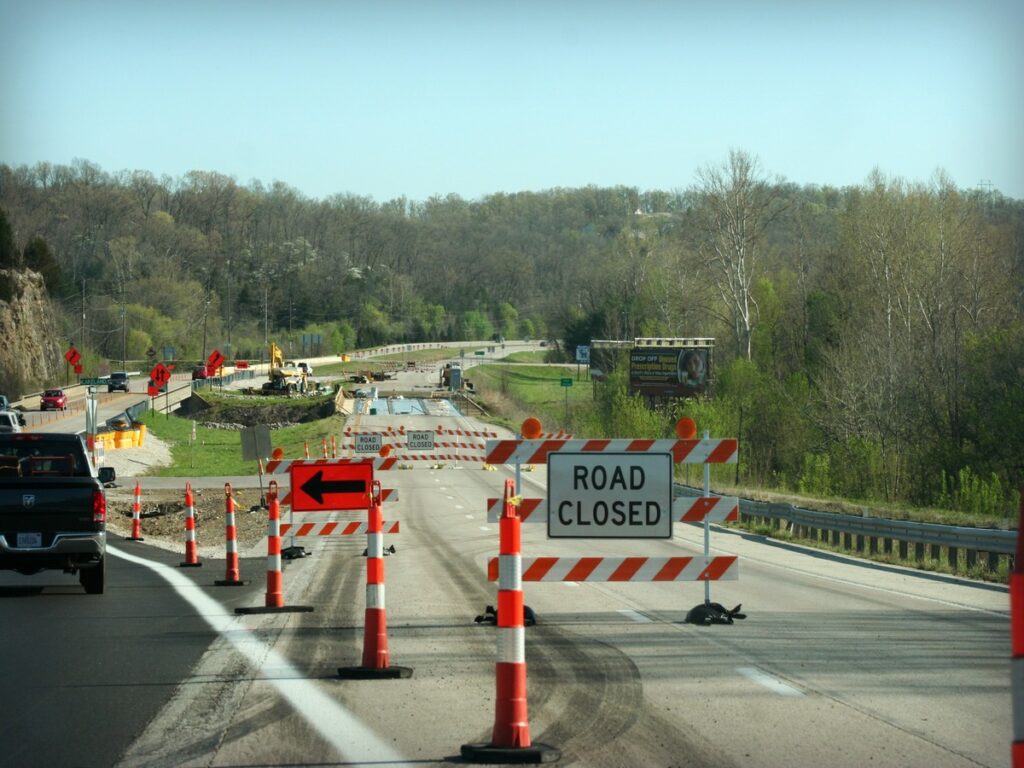
Orange delineators are important for keeping people safe and organized. They help drivers and walkers move smoothly in tricky areas. The idea of “flexible control” makes them very useful today. They can be used in many places, like city streets or country roads.
Exploring Tunnel Safety: Why Blue Delineators Are More Effective in Tunnels
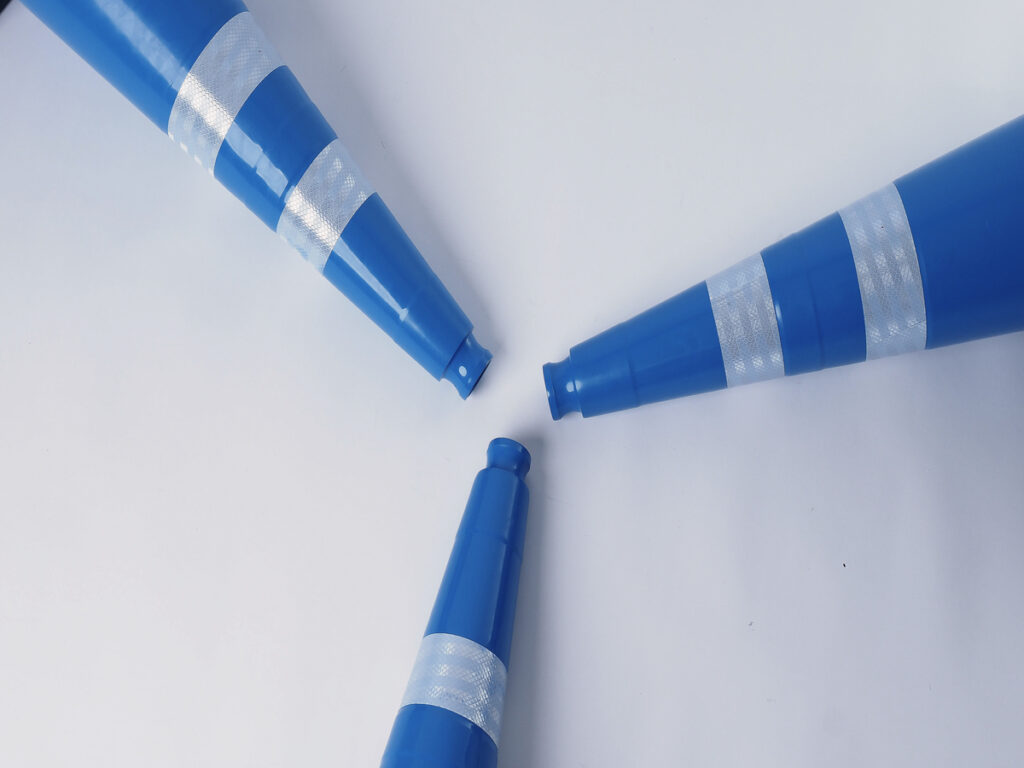
Driving in a tunnel can be hard to see clearly. Blue delineators help you see better in dark areas. They are easy for your eyes to notice, even in tunnels. This makes it easier to react quickly and avoid accidents. Blue delineators also grab your attention, helping you stay safe in the tunnel. By making driving safer and faster to react, blue delineators keep all drivers more secure.
“Good Enough for Now”: Why U.S. Engineers Resist EU-Style Over-Engineering in Delineators

When you think of traffic delineators, you imagine simple tools. These traffic delineators guide cars and make roads safer. In the U.S., engineers care more about cost and usefulness. They prefer designs that work well and are affordable. This shows a “good enough for now” way of thinking. Function is more important than fancy features. In the EU, designs for traffic delineators are more complex and detailed. U.S. traffic delineators focus on lasting longer and working better. This difference comes from culture and money choices. It affects how road safety tools are made and used.
Why Vertical Delineators Outperform Rumble Strips on U.S. Mountain Highways

Driving on U.S. mountain highways can feel scary. Tight turns, steep hills, and sudden weather changes need safe solutions. Vertical Delineators are easy to see and guide drivers well. They work great on rough roads and don’t make loud noises. At night or in thick fog, these Vertical Delineators help you stay safe. Picking Vertical Delineators means choosing a safer, quieter, and better way to drive in mountains.
Vertical Delineators vs. Horizontal Markings: Which is More Effective for Complex Road Conditions?
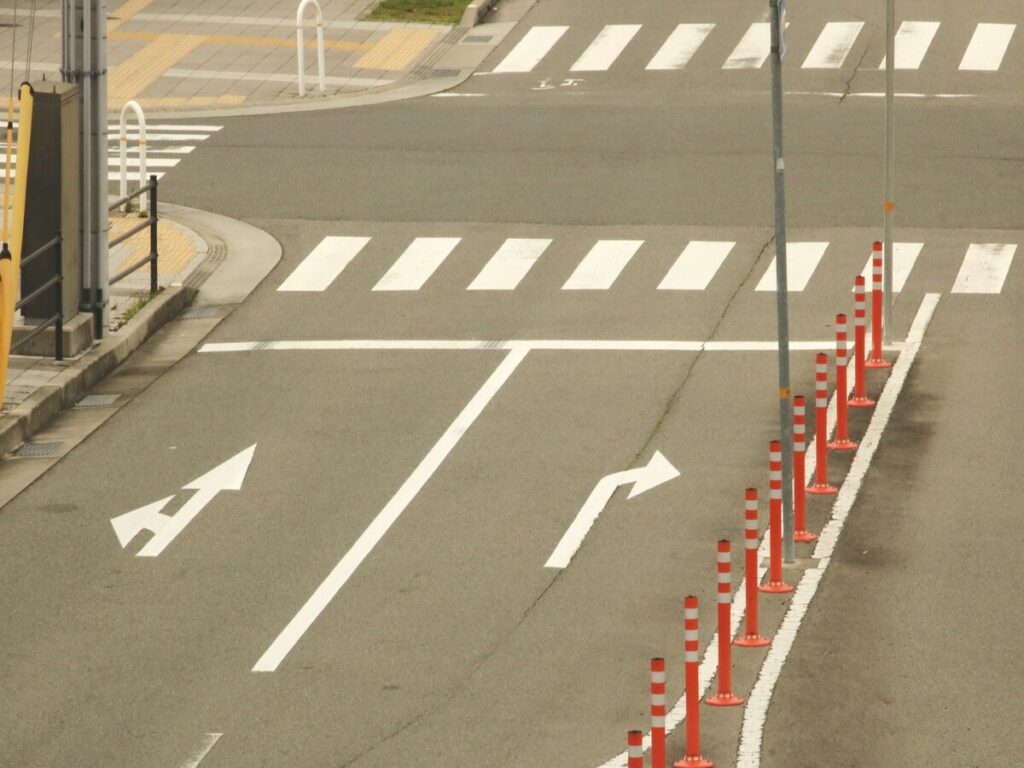
Navigating tricky roads can be hard, like at sharp turns or construction zones. Drivers need clear signs to make safe choices. Vertical Delineators and road lines help drivers see better and stay on track. For example, using center lines, edge lines, and Vertical Delineators together lowers injury crashes by 45%. Bright, reflective road markings also help drivers, especially older ones, feel safer. Each method has its own benefits, but using both often works best to keep roads safer and prevent accidents.
Infrastructure Challenges in the Age of Intelligent Transportation: Integrating Traffic Delineators with Smart Systems

The fast rise of smart transportation systems is changing city traffic. These systems use new technology to make traffic flow better and cut down jams. In 2023, adaptive traffic control systems were worth $6.89 billion and are expected to grow more. Even with these improvements, traffic delineators are still very important for safety. Reflective traffic delineators, for instance, have lowered crashes by up to 40%. They are helpful in dark or bad weather. Combining these traditional traffic delineators with smart systems is key to safer and smoother transportation.
